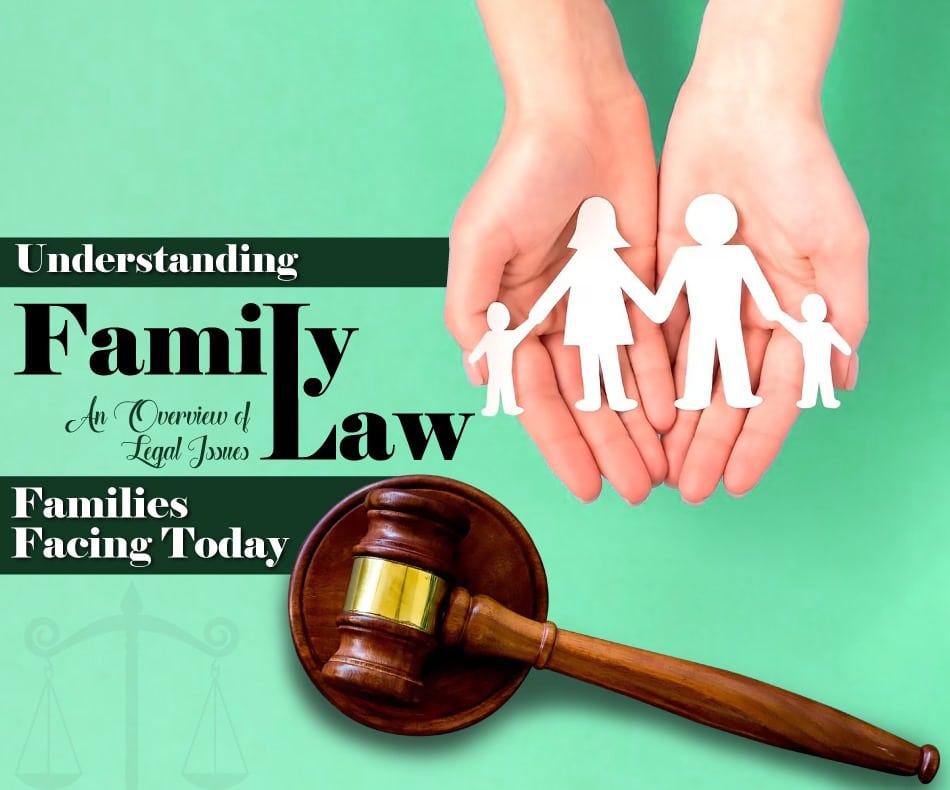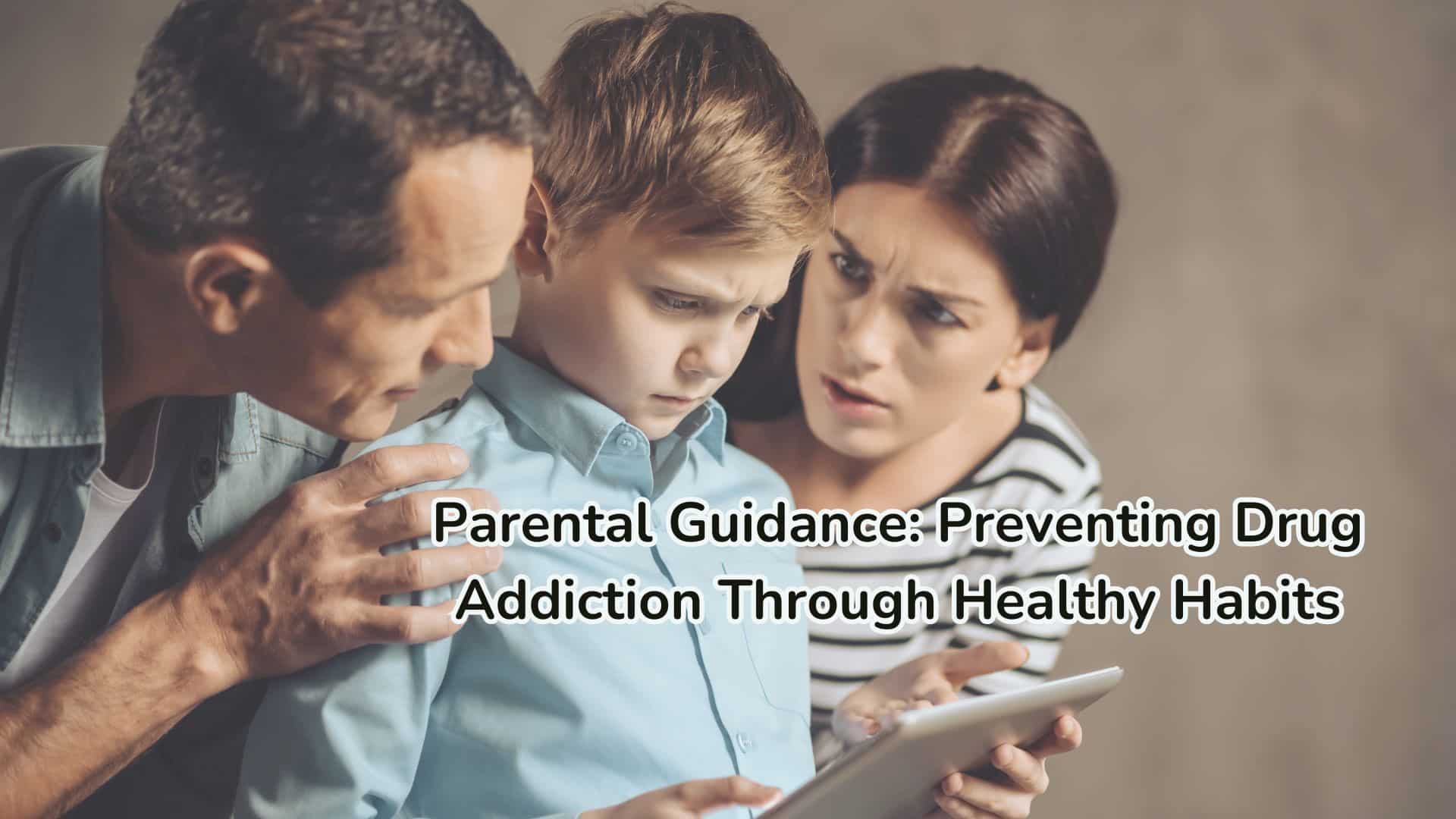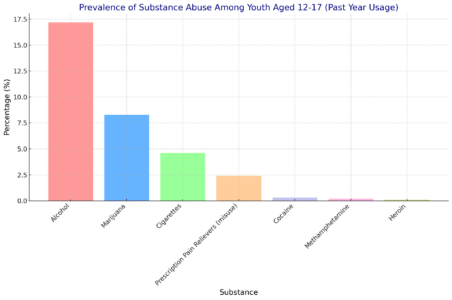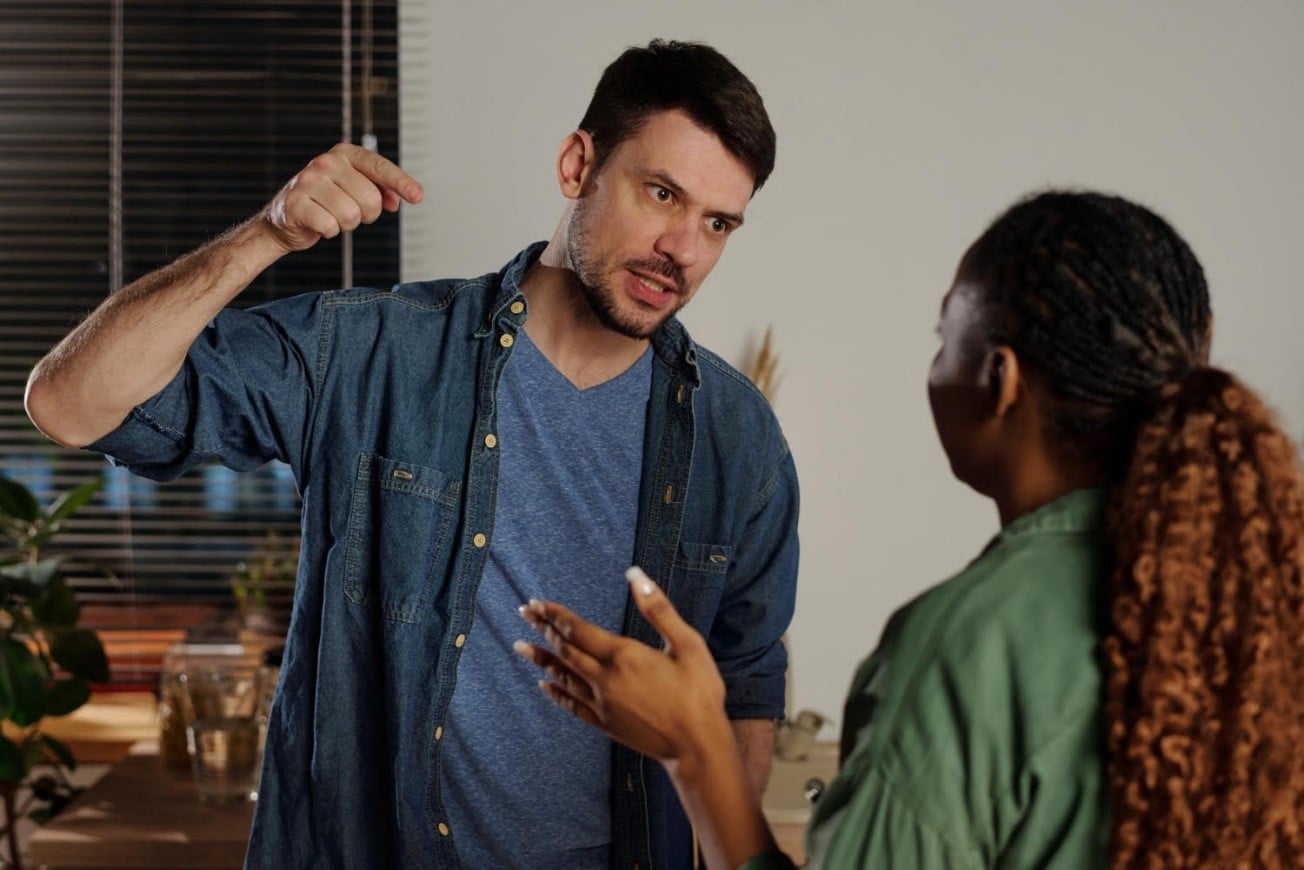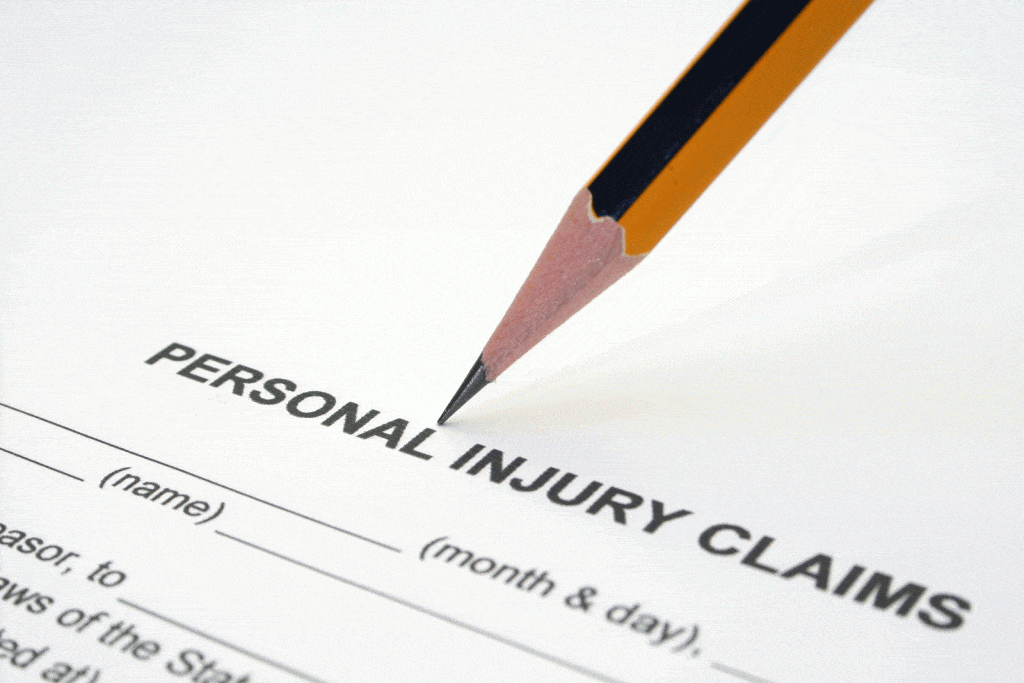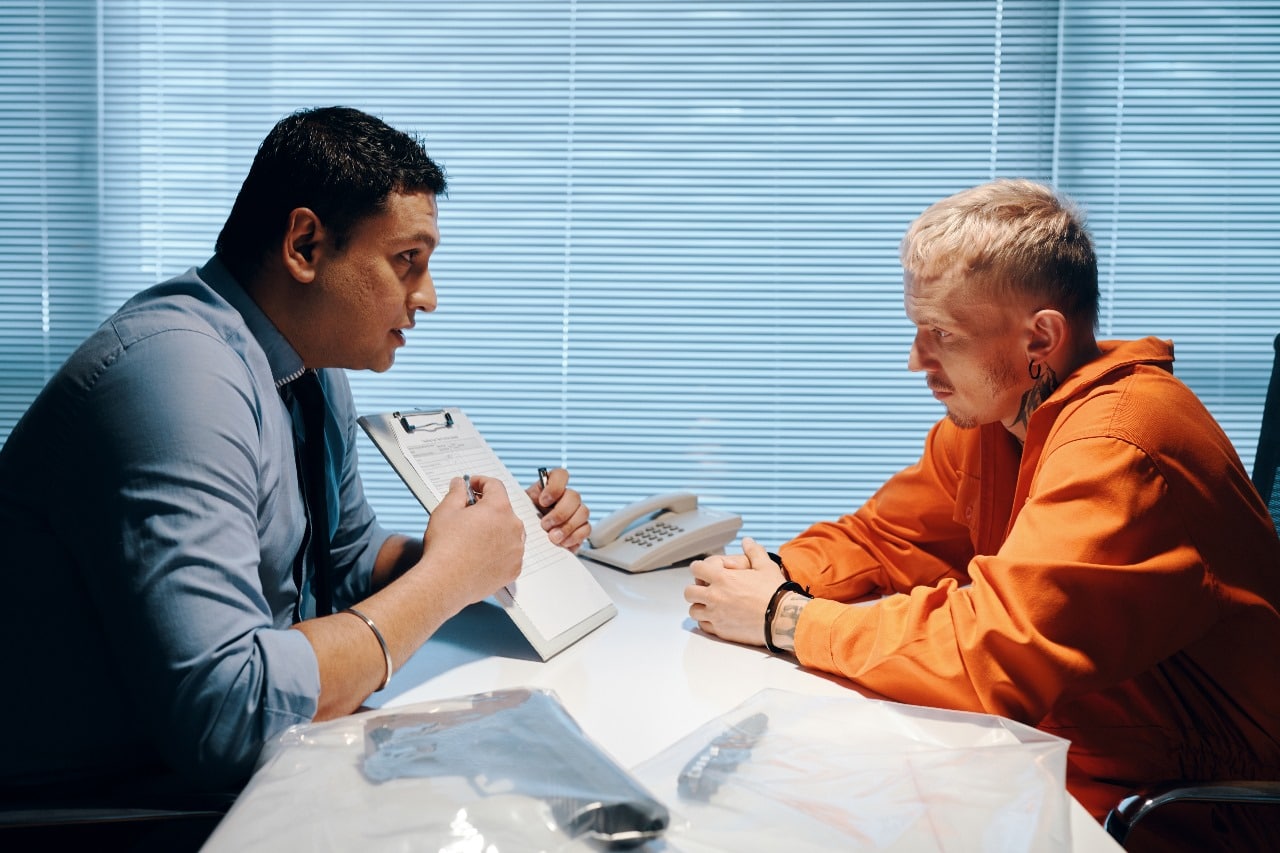Shielding Your Rights: The Power of Criminal Defense Lawyers – Guest Post

In the complex arena of criminal justice, where truth and fairness hang in delicate balance, criminal defense lawyers emerge as indispensable pillars. They serve as guardians, shielding the accused from the state’s overwhelming power. They ensure that due process and equal protection under the law remain inviolable.
They provide a counterweight to the prosecution. This keeps the balance of a fair legal system. Their presence in the courtroom serves as a reminder that the scales of justice must never favor expediency or power over fairness.
Understanding Your Rights under the Law ensures individuals are aware of their entitlements in the legal system
The basis of any criminal defense is the fundamental rights of every person. These rights were hard-won through centuries of struggle and legal reform. Among the most exalted of these are:
- The Right to a Fair Trial: Every person accused of a crime is entitled to an impartial trial, free from bias or prejudice, where the burden of proof rests on the prosecution.
- The Presumption of Innocence: Until proven guilty beyond a reasonable doubt, the accused must be considered innocent, a principle that criminal defense lawyers uphold.
Criminal defense lawyers have a solemn duty to safeguard these rights. They must ensure that the scales of justice stay balanced and that the rule of law is upheld. They must do this even when facing intense public scrutiny or societal pressure.
Strategies Employed by Criminal Defense Lawyers to Protect Your Rights
They use many legal strategies to protect their client’s rights. Each strategy is tailored to the case. These include:
- Skilled lawyers scrutinize the evidence presented by the prosecution. They look for any violations of due process or constitutional rights. These violations may render the evidence inadmissible.
- Negotiating Plea Deals: In some cases, negotiating a good plea deal may be the best choice. It lets the client avoid the uncertainties and harsher consequences of a trial.
Seasoned practitioners from the Fort Worth Criminal Defense Lawyers excel in building a robust defense, marshaling facts, witness testimony, and expert analyses to cast reasonable doubt on the prosecution’s case. Their experience and legal skills are key. They help navigate the complex web of criminal law to get the best outcome for their clients.
- Building a Compelling Defense: Criminal defense lawyers craft a strong defense. They gather facts, witness testimony, and expert analyses to cast doubt on the prosecution’s case.
The effectiveness of these strategies hinges on the experience and legal acumen of the defense team as they navigate the complex landscape of criminal law to secure favorable outcomes for their clients.
The Impact of Effective Legal Representation on Case Outcomes
Numerous studies have underscored the profound impact that effective legal representation can have on the outcome of criminal cases. A report by the National Association of Criminal Defense Lawyers revealed that people with public defenders got harsher sentences. This was more likely than for those with private lawyers.
Also, the Bureau of Justice Statistics did a thorough analysis. They found that defendants with private lawyers were likelier to have their cases dismissed or resolved through plea bargaining. This led to reduced sentences or acquittals.

These statistics serve as a poignant reminder that the quality of legal representation can be the difference between freedom and incarceration, between a future preserved or a life altered.
Navigating the Complexities of Criminal Law with a Trusted Advocate
The world of criminal law is a labyrinth of statutes, precedents, and nuanced interpretations that demand the expertise of a seasoned legal professional. A skilled criminal defense lawyer possesses not only a profound understanding of the law but also the ability to navigate its intricacies with precision and acumen.
Effective communication and trust between the lawyer and client are crucial elements of a successful defense strategy. By fostering open dialogue and transparency, criminal defense lawyers can better understand their client’s unique circumstances. This enables them to craft tailored defenses that address the specific challenges at hand.
The right to be heard would be, in many cases, of little avail if it did not comprehend the right to be heard by counsel. – Supreme Court Justice Sutherland
The symbiotic relationship between lawyer and client lays the groundwork for building the most formidable defenses, leaving no stone unturned in the pursuit of justice.
The Cost of Legal Defense: Investment in Your Freedom and Future
Hiring a private criminal defense lawyer can cost a lot. But, it is essential to see this cost not as an expense but as an investment in one’s freedom and prospects. A criminal conviction can affect every part of a person’s life. It can harm job and housing prospects and even personal relationships.
Criminal defense lawyers work with their clients and can explore various fee structures and payment plans. This ensures that cost does not block quality representation. This collaboration shows the lawyer’s commitment to their client. It also shows that justice should not be just for the wealthy.
Comparison of Legal Representation Costs
| Representation Type | Estimated Cost Range |
| Public Defender | Free (government-funded) |
| Legal Aid Services | Sliding scale based on income |
| Private Lawyer (Misdemeanor) | $2,000 – $10,000 |
| Private Lawyer (Felony) | $10,000 – $50,000+ |
Note: Costs can vary based on factors such as location, case complexity, and lawyer experience.
FAQs: Addressing Common Concerns
How do I choose the right criminal defense lawyer for my case?
When choosing a criminal defense attorney, it’s essential to consider several key factors. Focus on experience, seeking a lawyer well-versed in cases akin to yours to leverage their familiarity with relevant laws and procedures. Also, look for specialized expertise. This is especially true if your case involves a specific area of criminal law, such as white-collar crimes or drug offenses.
Investigate the lawyer’s reputation in the legal community. Look at their history of successful cases and satisfied clients. Also, assess communication and rapport in your first meeting. A clear explanation of legal concepts and a strong rapport are vital. They are vital for crafting an effective defense strategy.
What should I do if I can’t afford a private criminal defense lawyer?
When money limits hiring a private lawyer, there are several other options. Public defenders are government-funded lawyers. They are available for individuals who can’t afford private legal representation. They ensure access to criminal defense services regardless of financial means.
Non-profit organizations often offer legal aid on a sliding scale. The scale is based on the client’s income level. It offers affordable legal help to those in need. Also, some private lawyers may offer payment plans. They may let clients pay legal fees in parts. This makes their services more accessible. You must explore all options and assert your right to a lawyer. Do this without hesitation and regardless of your finances.
Can a criminal defense lawyer make a difference if the evidence against me is strong?
They understand the legal system and also know many ways to challenge strong evidence. They can impact case outcomes by checking evidence validity. They find procedural violations that could make evidence inadmissible. They negotiate plea deals and use strategic defenses.
These include highlighting reasonable doubt and presenting mitigating circumstances. They don’t proclaim innocence or guilt. Their role is to make sure the prosecution meets its burden of proof beyond a reasonable doubt. They do this to uphold principles of due process and equal justice under the law.
Conclusion
The criminal justice system is intricate. Criminal defense lawyers are a bright thread in the system. They shine as a beacon of hope. They light the path to equal protection under the law. They are dedicated to upholding the rights of the accused. This dedication serves as a bulwark against the state’s unchecked power. It ensures that the scales of justice remain balanced.
They challenge evidence’s admissibility as they craft defenses and negotiate outcomes. These legal pros wield a strong set of strategies to shield clients from potential injustices in criminal law.
Effective legal representation has a big impact. It goes far beyond the courtroom walls. It affects the lives of individuals and their families. It preserves the sanctity of freedom and upholds the principles on which our justice system was founded.
Whether facing minor charges or the gravest of allegations, remember: the power of criminal defense lawyers lies in their firm commitment to safeguarding your rights. They ensure that the pursuit of justice remains sacred and untainted by bias or expediency.






